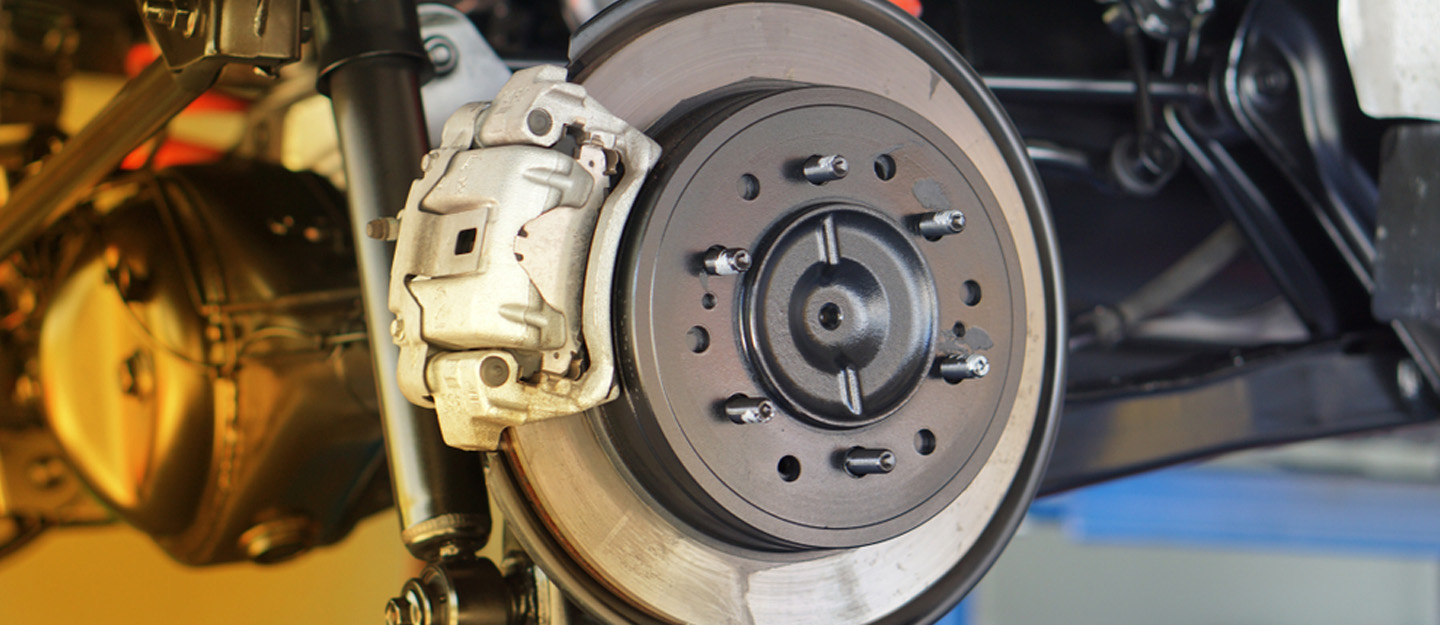Introduction
Braking systems are vital for vehicle safety, but their performance can be affected by environmental factors such as temperature changes. Low temperatures, in particular, pose unique challenges to braking system components, impacting their functionality and durability. Understanding these effects is crucial for ensuring driver safety in chilly weather conditions. ¹
Effect on Brake Fluid
Low temperatures can cause brake fluid to thicken, reducing flow efficiency and sluggish brake response times. Additionally, moisture in the brake fluid can freeze, forming ice crystals that impede fluid flow and compromise braking effectiveness. Regular inspection and brake fluid replacement are essential, especially in regions with extreme temperature fluctuations. ¹
Impact on Brake Pads
Chilly weather slows the brake pads’ heating process, reducing friction between the pads and rotors. This delay in reaching optimal operating temperatures can increase stopping distances and decrease overall braking performance. Furthermore, cold temperatures can cause brake pads to harden, leading to increased wear and a reduced lifespan. ¹
Influence on Brake Rotors
Brake rotors are susceptible to thermal stress during braking, and extreme temperature variations can affect their structural integrity. In chilly weather, rapid cooling after braking may cause rotor warping or cracking, leading to vibrations, noise, and uneven braking. Regular inspection and maintenance of brake rotors are essential to ensure proper functioning, particularly in cold climates. ¹
Effect on Anti-lock Braking Systems (ABS)
Chilly weather can affect the operation of ABS, with sensors and components exposed to moisture, ice, or snow. This exposure can impair ABS functionality, increasing stopping distances and decreasing manoeuvrability, particularly on slippery or icy roads. ¹
Mitigation Measures
Preventive measures can be implemented to mitigate the impact of low temperatures on braking system components. This includes using brake fluid designed for chilly weather conditions, storing vehicles in heated garages, and conducting regular maintenance and inspection of the braking system. ¹
Low temperatures significantly affect the functionality and longevity of braking system components, posing safety risks to drivers and passengers. Understanding these effects and implementing appropriate preventive measures are essential for maintaining optimal brake performance in chilly weather conditions. Drivers can enhance safety and confidence by addressing issues promptly and ensuring proper maintenance, even in freezing temperatures. ¹

Disclaimer:
The article aims to teach South African motorists how the temperature affects their car braking system.
Do you have car insurance to help you should your vehicle experience an unfortunate event? Choose affordable car insurance with unique benefits such as fixed premiums*, reducing excess*, and leading service. T’s and C’s apply.
Please get professional financial advice from a certified financial advisor to ensure you select the appropriate financial services product.
This article was prepared by Eric Sandmann in his personal capacity. The views and opinions expressed in this article are the author’s own and do not reflect the views and opinions of Prime Meridian Direct (Pty) Ltd, FSP41040.The views and opinions in the article should not be attributed to anyone but the author unless expressly stated. Nothing in this article should be relied upon as advice, this publication is presented for informational purposes only. No person should act or refrain from acting in reliance on any information found in this article, without first obtaining proper financial advice from the appropriate professional. The author makes no claims, promises or guarantees about the accuracy, or completeness, of any information linked from, referred to, or contained in this article. The author reserves the right, to edit and change the content of this article.
Sources:

























